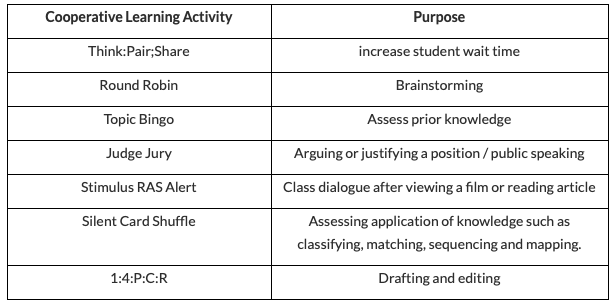The Power of Cooperative Learning
Author: Gerard Alford Date Posted:15 May 2023

Cooperative learning is one of the most powerful tools in a teacher’s toolkit, assisting class cohesion, interpersonal relationships, social support and self-esteem.
Cooperative learning is one of the most powerful tools in a teacher’s toolkit. In terms of student achievement, it is much more effective than individual or competitive learning. It also assists with class cohesion, interpersonal relationships, social support and self-esteem.
However, for it to work, it must be set-up correctly!
How do I set-up my cooperative learning activities?
Let’s be clear – group work and cooperative learning are NOT the same thing!
Group work can be disastrous! Poorly structured group work can result in one student doing most or all of the work yet can result in everyone receiving the same mark. Poor structure will allow some students to dominate and others to contribute little, which can quite quickly result in the collapse of the team dynamics.
Think of almost any team sport or cultural activity and set-up your classroom cooperative learning activities in the same way! There are 4 steps:
- Positive Interdependence
The activity or task cannot be completed by one person. There is positive interdependence where the group must sink or swim together. i.e. it is everyone’s responsibility to learn the material for the group to be successful. There must be a clear and common accepted goal.
- Individual Accountability
In a cooperative learning task, there is no place to hide as the task must involve an individual public performance.
- Monitor the Groups
What percentage of students are actively engaged in the activity? How well is each group functioning?
What cooperative learning skills, such as listening, compromising and negotiating, are lacking?
- Equal Participation
The activity must be structured so that one person is not allowed to dominate. For example, if students were working in pairs, half the students (Students A) could be allocated one minute to discuss the topic at hand with their partner. After one minute and at the signal from the teacher, the other half (Students B) have their allotted one minute.
ITC recommends the following cooperative learning tools which you can access at https://itcthinkdrive.com.au/ with ready-to-go activities and video explanations.

Use these tools to unleash the power of small structured group activities. Ensure they are part of your teaching repertoire!
